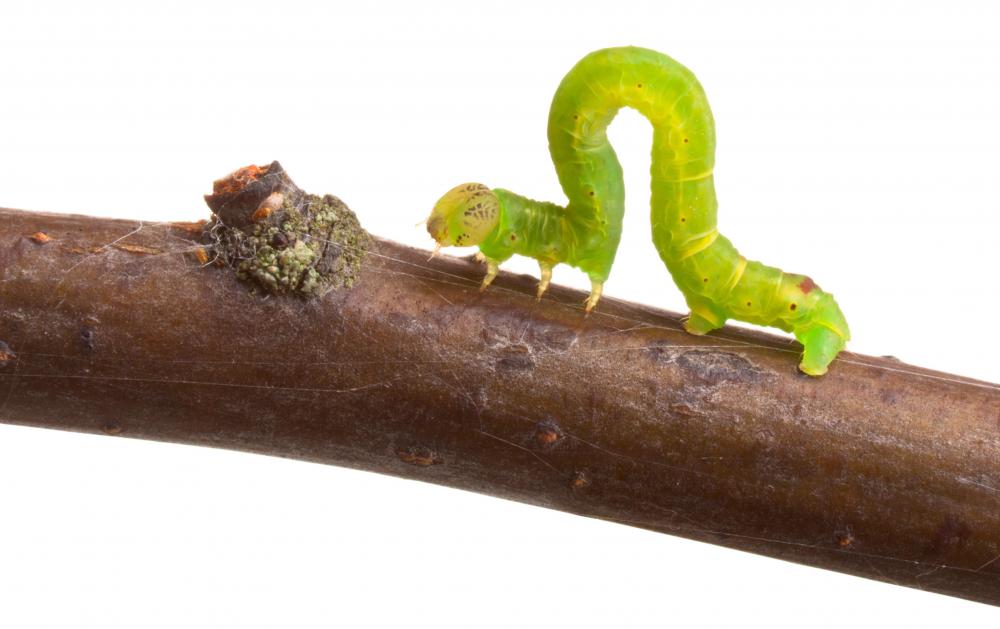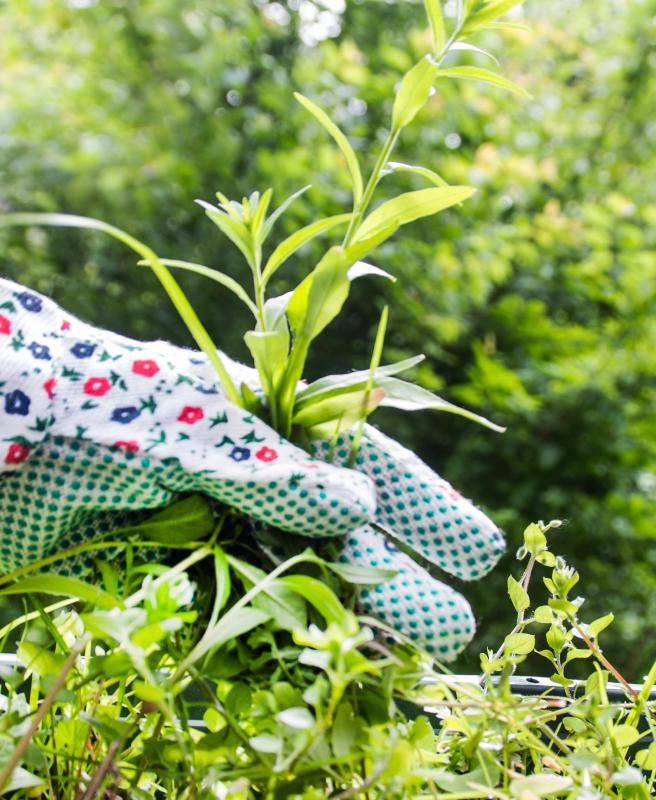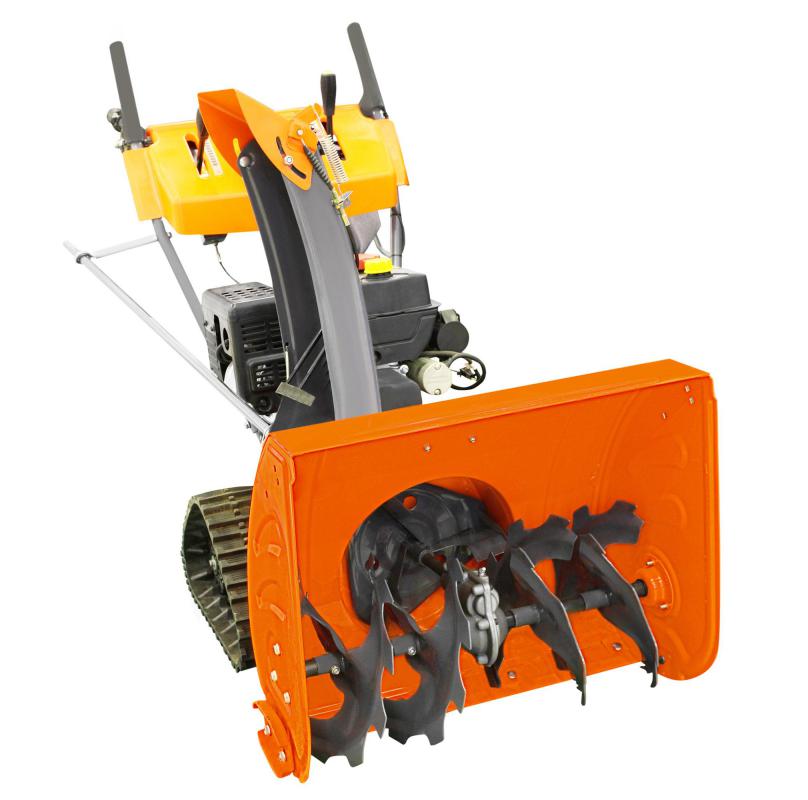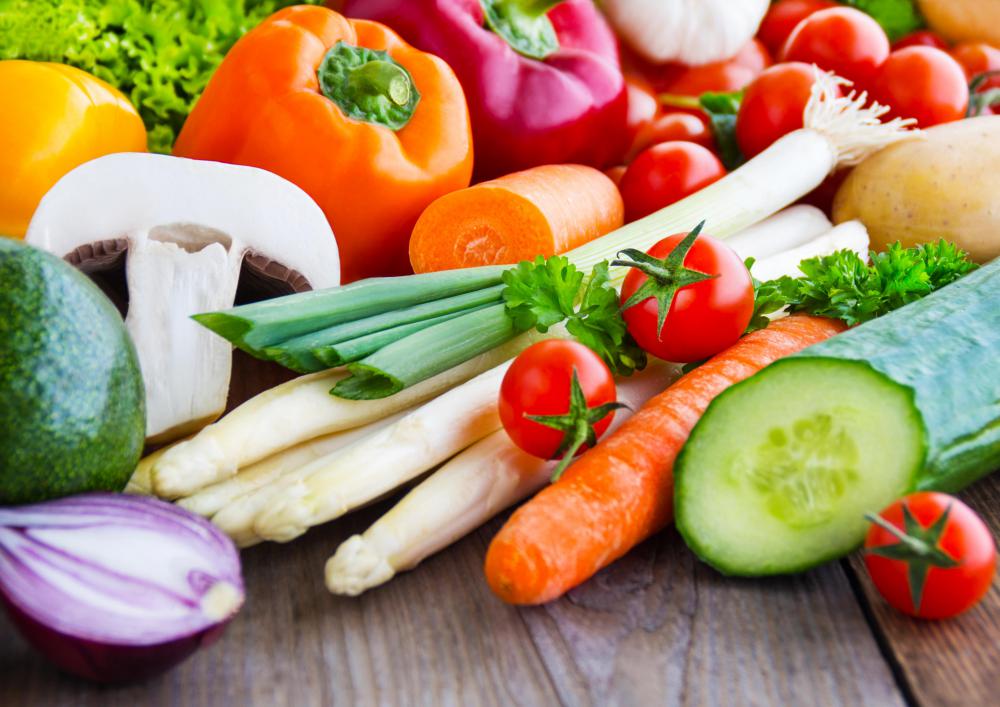At WiseGEEK, we're committed to delivering accurate, trustworthy information. Our expert-authored content is rigorously fact-checked and sourced from credible authorities. Discover how we uphold the highest standards in providing you with reliable knowledge.
How do I Start a Vegetable Garden?
Starting a vegetable garden is a great idea for many reasons. First, when you have your own vegetable garden, you are more likely to eat vegetables because you have easy access to them. You can grow things that you like to eat, teach your children about where food comes from, and enjoy healthy, fresh vegetables all season long.
Setting up your own vegetable garden is not that difficult. Most vegetables do best in full sun, so pick a site for your vegetable garden that is flat and gets a lot of sun. If you don’t have a large yard, or any yard, you can still have a vegetable garden in containers. Many plants, including lettuce, tomatoes, peppers, and more, can be grown in containers.

Once you have selected your site, you should mark out how large you want your vegetable garden to be. It’s probably best to start small if you’ve never had a vegetable garden before. Gardens can be a lot of work with weeding, watering, and pest control. A garden of around 10 feet by 10 feet (3 by 3 meters) is big enough for beginners.
It might help you to determine how large to make your vegetable garden if you consider the different things you would like to plant. A good starter vegetable garden might include lettuce, spinach, tomatoes, peppers, squash, cucumbers, and carrots. These are all relatively easy to grow, though squash takes up a lot of room. The key to choosing vegetables for your garden is to plant things that you and your family will enjoy eating. If you need help figuring out what is easy to grow in your area, consult your local cooperative extension service or visit the local farmers’ market and talk to some of the farmers.

Some vegetables, such as lettuce, can easily be started from seed, but if you are new to gardening, the easiest way to start is to buy established plants. The plants you can find at your local garden supply store or nursery are strong and healthy, and they will appear in the stores at the right time for planting in your area. To prepare your vegetable garden to accept plants, you will have to get rid of the grass that is on the site. A tiller makes this job much easier, but it can also be accomplished with a hoe or garden claw. Make sure you get as many of the roots out as you can, so the grass and weeds don’t grow back when your vegetables are in place.

Once you have cleared the site, apply fertilizer and compost. A good slow-release, general purpose fertilizer will provide all the nutrients your plants need to give you lots of good healthy vegetables, and the compost improves drainage and makes it easier for roots to establish themselves, as well as adding nutrients to the soil. Mix these products with the soil using a tiller or rake. Water well so the fertilizer will begin to dissolve.

Now you’re ready to plant your vegetable garden. Plants need a lot more space than you might think, so follow the planting and spacing directions on the labels that come with the plants. Note that tomato plants should be planted with at least half of their greenery underground for best results.
After planting, water well and monitor the water situation by regularly sticking your finger into the soil down to the second knuckle. If you don’t feel dampness, the plants need more water. Mulch can help hold the water in, and it cuts down on weeding as well.
AS FEATURED ON:
AS FEATURED ON:



















Discussion Comments
Collards are a vegetable eaten and prepared in a manner similar to spinach and mustard greens. They are wonderful steamed, sauteed, or boiled. Butter, garlic, or onion are all good things to spice it up with! Enjoy!
i have a garden that is doing quiet well this year, not as well as last year but anyhow my question is what are collards and what part do you eat, i think it is the leaves but not sure as this will be the first year i have grown thank you for your time.
what do you do if you put in too much water?
Post your comments